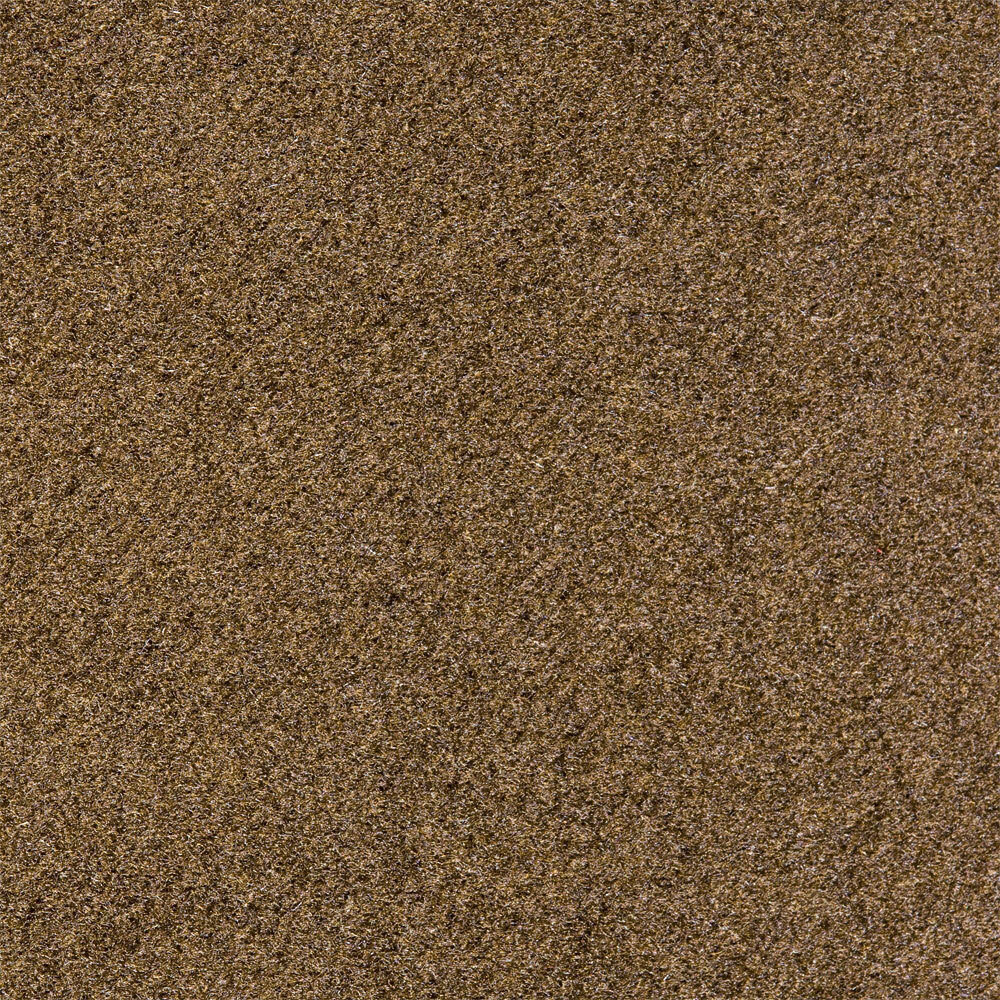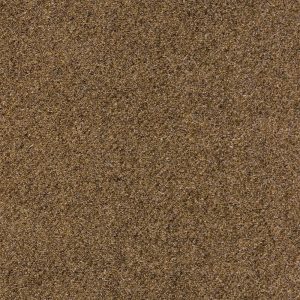Melton looks much like thick felt with its twill weave or plain weave obscured by fulling and shearing of its nap (although the back of the fabric may show its weave). The dense, thick construction makes it wind and rain resistant and extremely warm. It is almost always dyed a solid color.
The best melton is all wool and almost velvety. Less costly variations can have a cotton warp and woolen weft, and sometimes manufactured fibers are also used. Melton takes its name from Melton Mowbray, Leicestershire, UK, where it was first woven and used to make jackets for fox hunting.
Uses: Winter coats, uniforms, riding habits
See also:
Doeskin

